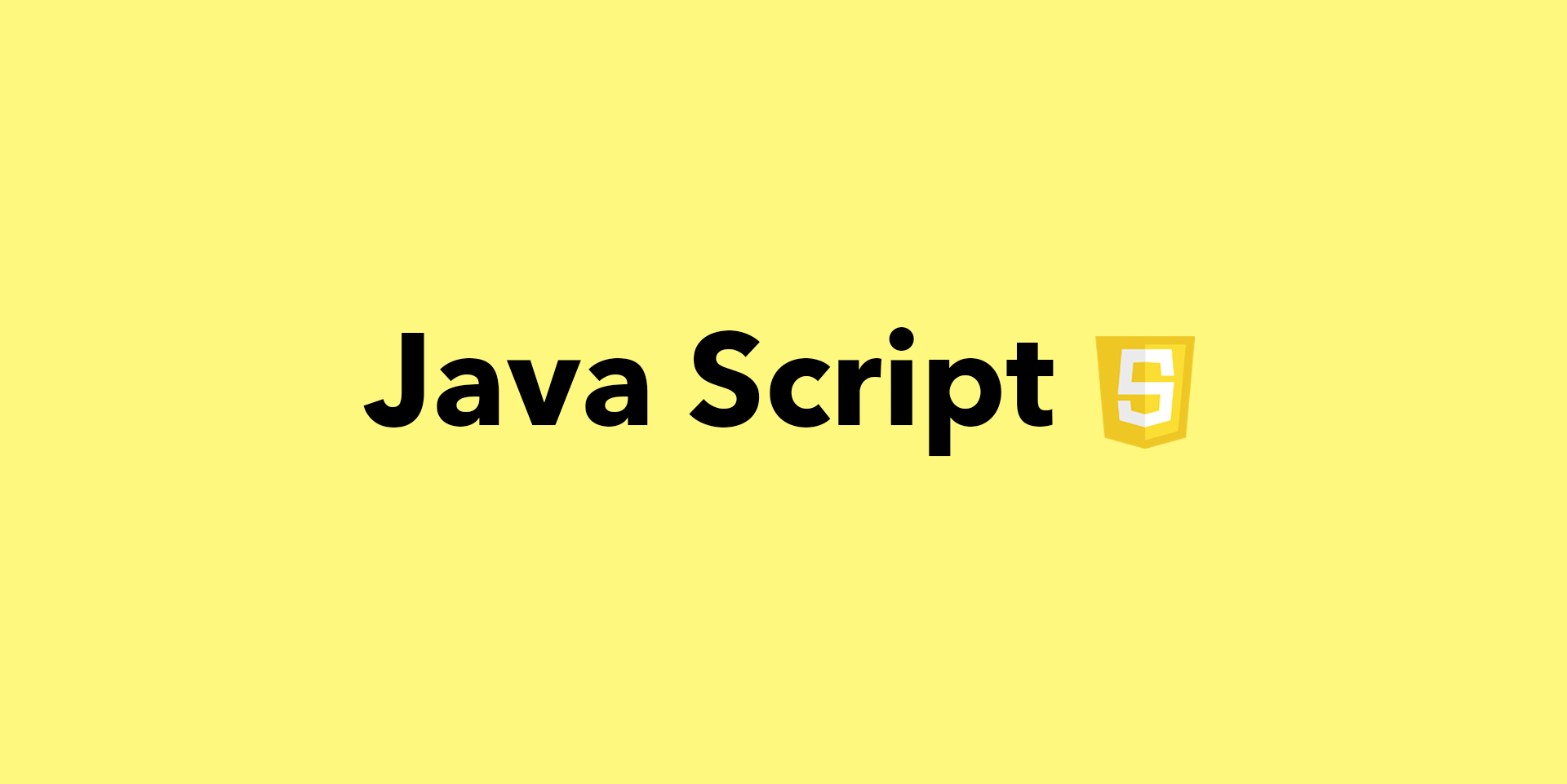
조건문을 활용하면 주어진 조건에 따라 어플리케이션의 동작을 다르게 만들 수 있다.
한가지 동작으로 조건에 따라 다른 결과값을 만들어낼 수 있다는 것이다.
1. IF 문
: If문은 If 라는 키워드로 시작한다.
조건을 걸어 True와 False에 따라 코드를 실행하거나 실행하지 않게 만드는 방법이다.
if (true) {
console.log('This message will print!');
}
// Prints: This message will print!괄호안에는참,거짓의 조건이 제공된다.컬리브라켓에는 조건에 따라실행할 코드가 제공된다.- 조건이 True면 컬리브라켓 내의 코드가 실행된다. 반대로 조건이 거짓이면 실행되지 않는다.
2. If...Else 문
: IF문의 If만으로는 조금 더 복잡한 문제를 해결하기엔 적합하지 않다.
따라서 else는 If문의 조건이 False로 판명되었을 경우, 다른 코드를 실행하게 만드는 방법이다.
if (false) {
console.log('The code in this block will not run.');
} else {
console.log('But the code in this block will!');
}
// Prints: But the code in this block will!- If문과 함께 작성해야 하며, If else문이라고 불린다.
- If문 조건이
false로 평가될 경우 else의 컬리브라켓의 코드가 실행된다. - else if로 계속 조건을 추가할 수도 있다.
3. The switch keyword
: If, Else if문은 Switch와 Case를 활용하여 조금 더 쉽게 표현할 수 있다.
let groceryItem = 'papaya';
switch (groceryItem) {
case 'tomato':
console.log('Tomatoes are $0.49');
break;
case 'lime':
console.log('Limes are $1.49');
break;
case 'papaya':
console.log('Papayas are $1.29');
break;
default:
console.log('Invalid item');
break;
}
// Prints 'Papayas are $1.29'4. Truthy and Falsy
: Falsy로 판명되는 조건들
'0'- 비어있는 String
""or'' - 값이 전혀 없는
null undefinedNaN, orNot a Number
5. Comparison Operators (비교 연산자)
- Less than:
< - Greater than:
> - Less than or equal to:
<= - Greater than or equal to:
>= - Is equal to:
=== - Is not equal to:
!==
6. Logical Operators (논리 연산자)
: 조건들에는 더 정교한 논리를 추가할 수 있는 연산자들이 있다.
- the and operator
&&
: 두 조건이 모두 참으로 평가되어야 실행된다. - the or operator
||
: 어느 하나만 True로 평가되어도 실행된다. 첫번째 조건이 True면 두번째는 확인도 안한다. - the not operator, otherwise known as the bang operator
!
: True는 False로 False는 True로 전가한다.
7. Ternary Operator (삼항 연산자)
: 삼항 연산자를 사용하면 If문을 조금 단순하게 바꿀 수 있다.
let isNightTime = true;
if (isNightTime) {
console.log('Turn on the lights!');
} else {
console.log('Turn off the lights!');
}이와 같은 코드를 삼항 연산자를 이용하여 아래와 같이 코드를 줄여서 표현할 수 있다.
isNightTime ? console.log('Turn on the lights!') : console.log('Turn off the lights!');- 조건을 앞에 적어주고
?뒤로는 표현할 코드를 작성한다. 참일 경우 실행할 코드:거짓일 경우 실행할 코드의 위치가 된다.
.jpg)